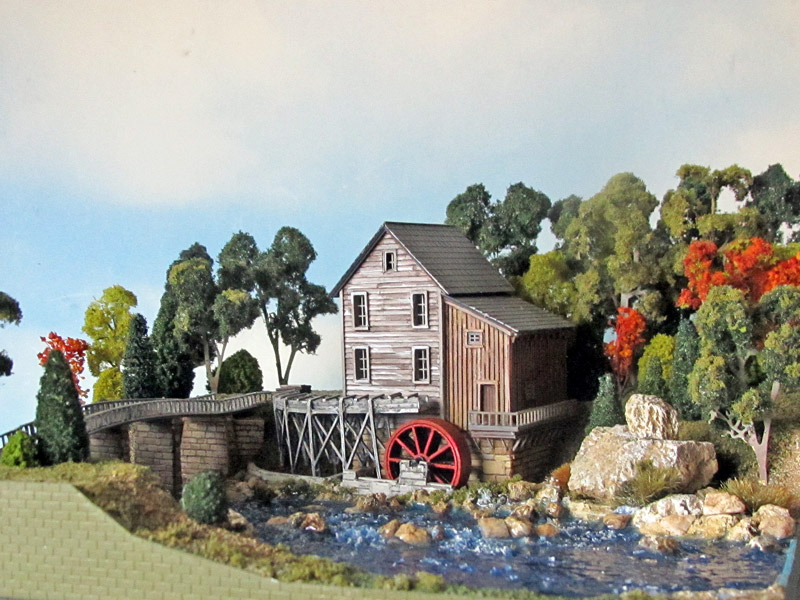|
This picturesque wooden
grist mill was built in 1975 by the West Virginia State Parks Department
on the boulder strewn Glade Creek in Babcock State Park. It's a fully
operational mill and was built as a re-creation of one which once ground
grain on Glade Creek long before Babcock became a state park. The
original mill was known as Cooper's Mill and it stood on the present
location of what is now the park's administration building parking lot.
Cooper's Mill burned to
the ground in the 1920s.
Although the current
Glade Creek Grist Mill is relatively a young mill, it was constructed at
its current location using old parts and pieces from three original mills
that had operated in West Virginia. The main building and stone floor came
from the Stony Creek Grist Mill in Pocahontas County and the Onego Grist
Mill in Pendleton County. The wheel, the oldest component, came from the
Spring Run Grist Mill in Grant County.
The mill is operated by
the state parks as a visual demonstration mill and museum.
Today the Glade Creek Grist Mill is the most photographed mill in the
state of West Virginia, maybe even in the United States.
|
To really understand the operation of the mill, it is necessary to
start with the driving force behind the operation - water. Upstream
from the mill is a dam that pools water and directs it through a
series of culverts and overflow stations. The miller can regulate
the amount of water entering the sluiceway by adjusting a gate on
the overflow.
Once
the water enters the sluiceway, the flow is again regulated by a
gate above the overshot wheel. The miller can fine tune the speed of
the wheel and therefore the grinding stones by raising or lowering
this gate. The water spilling out of the end of the sluiceway fills
the buckets on the wheel to turn the main drive shaft. The main
drive shaft of the water wheel powers the mill operations through a
combination of gears, pulleys, and belts.
|
|

